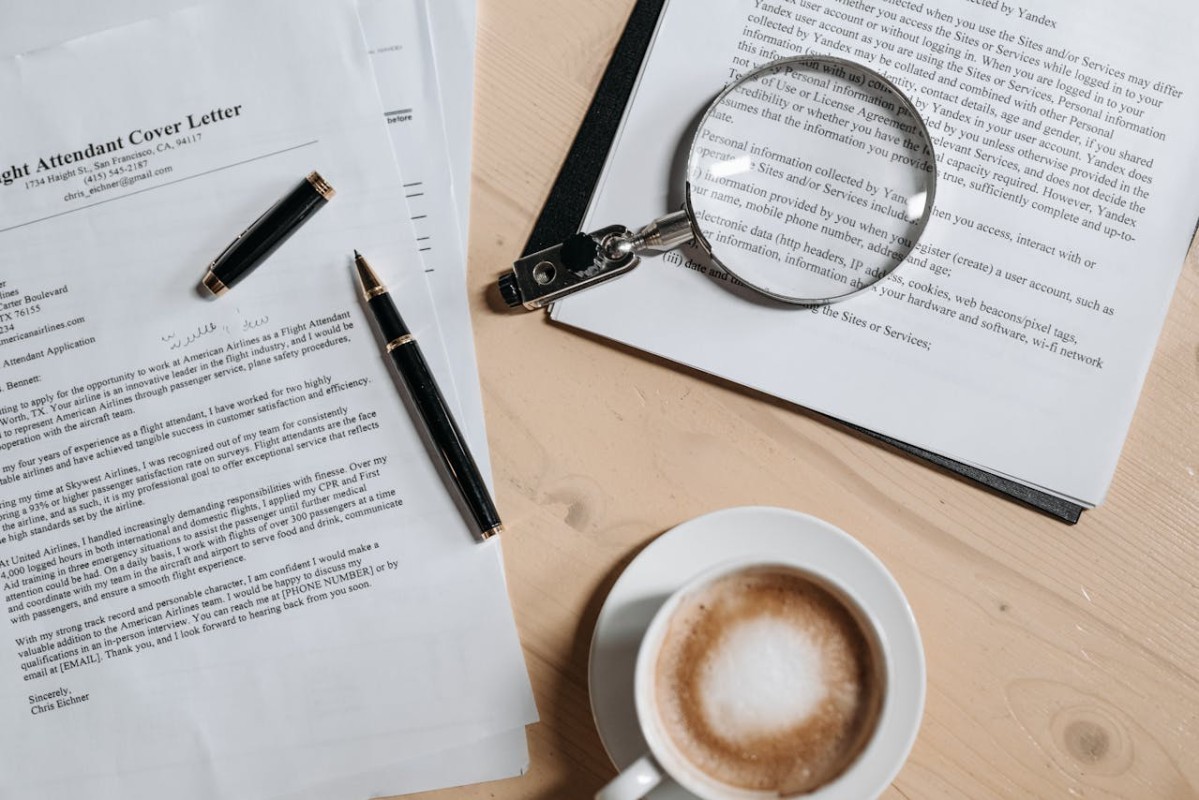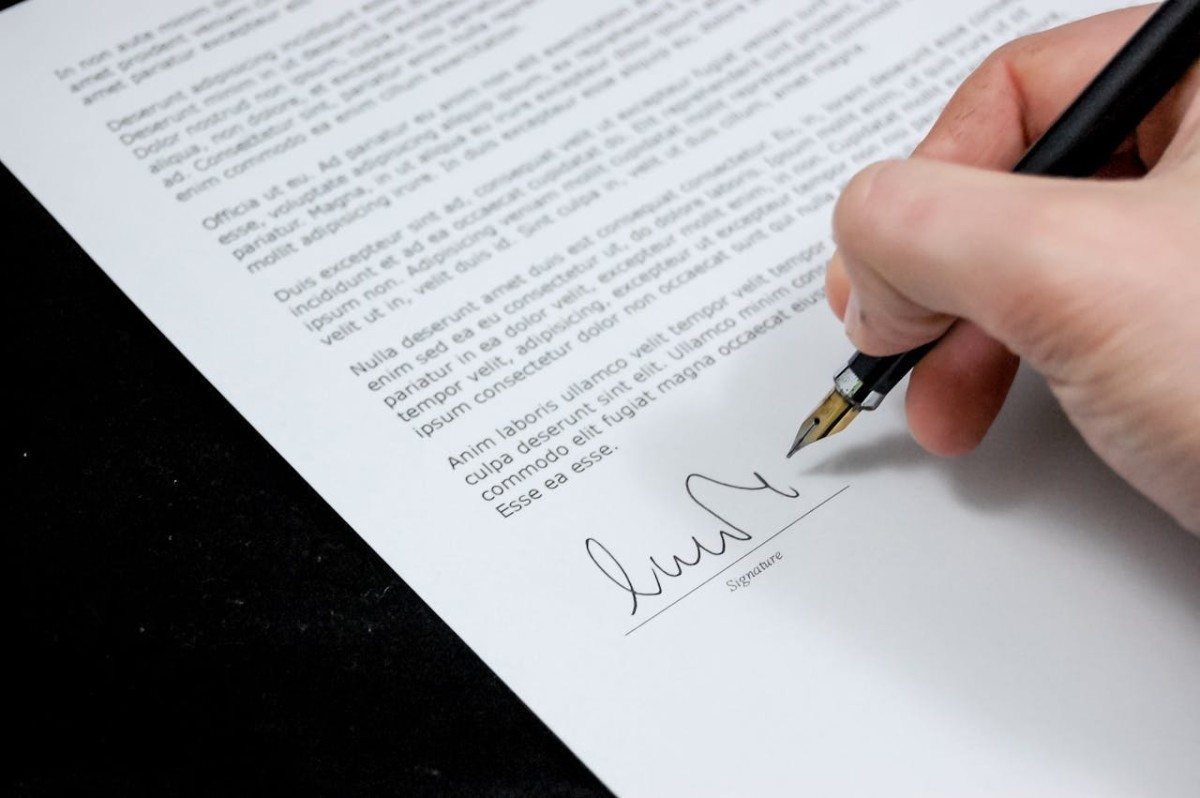Cover Letter Writing: How to Make a Strong First Impression
A cover letter is often the first opportunity you have to make a positive impression on a potential employer. It serves as a personal introduction that complements your resume, offering a glimpse into your personality, enthusiasm, and suitability for the role. Crafting a compelling cover letter can significantly enhance your chances of landing an interview. Here's a guide to help you write an effective cover letter that makes a strong first impression.



Understanding the Purpose
Why a Cover Letter Matters
-
Personal Touch: Unlike a resume, a cover letter allows you to convey your personality and passion. It’s your chance to show how your experience and skills align with the job and company culture.
-
Showcase Fit: A well-written cover letter highlights why you’re a great fit for the specific role and company, rather than just presenting a list of qualifications.
Key Components
-
Introduction: Introduces who you are and why you’re writing.
-
Body: Explains your relevant experience, skills, and how they match the job requirements.
-
Conclusion: Reiterates your interest and provides a call to action.
Crafting a Strong Introduction
Address the Right Person
-
Personalization: Whenever possible, address your cover letter to a specific person, such as the hiring manager or department head. Avoid generic greetings like “To Whom It May Concern.”
-
Research: If you’re unsure of the name, check the company’s website or LinkedIn, or call the company to ask.
Grab Attention
-
Opening Line: Start with a strong, engaging opening. Mention the position you’re applying for and briefly explain why you’re excited about the opportunity. For example: “I was thrilled to discover the Marketing Manager position at [Company Name], as it aligns perfectly with my extensive experience in digital marketing and my passion for innovative campaign strategies.”
Highlighting Your Qualifications
Connect Experience to Job Requirements
-
Tailor Your Content: Focus on specific skills and experiences that match the job description. Use examples from your past work that demonstrate how you meet the employer’s needs.
-
Quantify Achievements: Whenever possible, use numbers and metrics to illustrate your accomplishments. For example: “In my previous role, I increased social media engagement by 40% through targeted campaigns and strategic content planning.”
Showcase Soft Skills and Passion
-
Soft Skills: Highlight qualities such as leadership, teamwork, or problem-solving abilities that are relevant to the role.
-
Passion for the Role: Express genuine enthusiasm for the position and the company. Explain what specifically excites you about the role and how it aligns with your career goals.
Structuring the Body
Address Key Points
-
Professional Experience: Briefly discuss your most relevant professional experiences, focusing on those that directly relate to the job you’re applying for.
-
Skills and Qualifications: Highlight your key skills and qualifications that make you a strong candidate for the role.
Show Understanding of the Company
-
Company Knowledge: Demonstrate that you’ve researched the company and understand its values, mission, and goals. Mention how you can contribute to these goals or align with their mission.
Concluding Effectively
Summarize and Reiterate Interest
-
Recap: Briefly summarize your main points and reiterate why you’re excited about the opportunity. For example: “With my proven track record in digital marketing and my enthusiasm for innovative strategies, I am eager to contribute to the success of [Company Name].”
Include a Call to Action
-
Next Steps: Politely suggest a follow-up action, such as scheduling an interview. For example: “I would appreciate the opportunity to discuss how my background and skills align with the needs of your team. I look forward to the possibility of discussing this exciting opportunity with you.”
Professional Closing
-
Sign-Off: Use a professional closing such as “Sincerely” or “Best regards,” followed by your full name. Ensure your contact information is included at the end of the letter.
Proofreading and Final Touches
Review for Errors
-
Grammar and Spelling: Carefully proofread your cover letter to correct any grammatical or spelling errors. Mistakes can undermine your professionalism.
-
Consistency: Ensure consistency in formatting, such as font type and size, with your resume.
Seek Feedback
-
Second Opinion: If possible, have someone else review your cover letter. They can provide valuable feedback and catch errors you might have missed.
Tailor for Each Application
-
Customization: Customize your cover letter for each job application. Avoid using a generic letter for multiple positions. Tailoring your cover letter shows genuine interest and effort.



A well-crafted cover letter is a powerful tool that can set you apart from other candidates. By understanding its purpose, crafting a strong introduction, highlighting relevant qualifications, and concluding effectively, you can create a cover letter that makes a lasting impression. Remember to proofread and tailor each cover letter to the specific job you’re applying for. With these strategies, you’ll be well on your way to making a strong first impression and moving one step closer to landing your desired position.












